This may be a scary thought, especially if you’ve interacted with ad agencies in the past. But putting aside the lack of trust many advertisers feel for ad agencies, they are more than a necessity, they can be the difference in success and failure. This is not because of what they do as much as what they know.
Specifically, what they know about how to create a marketing plan and syncing it to a strategy. This is where most companies that do their own marketing go awry. They start at the end instead of the beginning. That is like building a product without considering for what it will be used. As illogical as that sounds, it is exactly what your company has probably been doing in preparing its marketing. You need people to know about your service or products so you create marketing materials such as brochures, website and print ads. You spend good money to get these items produced and distributed. When nothing happens you blame the execution and do a new batch. Consider that it’s not the items produced that are the problem, but the blueprint from which they are manufactured.
When you have a good ad agency brain you avoid the number one mistake small advertisers make: Creating marketing in the wrong order. What I mean by that is the last step, executing a tactic, is where most advertisers begin. The need for a website, brochure, etc. is typically instigated before a true objective has ever been determined.
So let’s go through the steps of what to do and in the correct order.
Determine one specific objective.
The objective must be a business goal that the marketing is able to achieve. In other words, if you can’t afford the marketing it will take to achieve the goal, it can’t be the goal. The goal also must be specific if you expect the marketing to be measurable.
For example, if you are a retailer that has a number of locations that need to increase business your specific goal could be: Increase sales by 10% within three months by proving the superiority of the product over its competition.
Notice that the objective has a very specific goal: (increase sales by 10% in three months) and a way to achieve that goal: (proving superiority).
Define your target.
This is a crucial step and easily bungled because you are actually not defining a target. You’re defining a bull’s-eye. There’s a lot to do here, but in a nutshell: Think of your dream customers. Write down everything you can think of that makes them a dream customer. And then break down that description into a few categories that will help guide you to the best place, time and way to communicate why they should buy your product.
Determine your brand’s ID.
Most small companies that advertise believe they have an identity. If you believe you do, ask a few simple questions. You may realize you’re mistaken. An identity is not a color, typeface, design style, tag line, etc. An identity is a story. It’s not what you do or how you do it. Identity is why you do something.
This will be the toughest step for you to do well because it is so tempting to tell me what you do differently or how you do it differently. But remember, if the consumer doesn’t know why you would do something better than everyone else, they won’t believe that you can or will.
Develop your plan.
This is your huge opportunity to be a hero or a chump. You know who will buy. You know how to tell them “why” they should. Now figure out the best tactics to bring target and identity together. Warning: There will be a great temptation to do what you’ve always done. After all, the boss likes to see his company on TV.
But now is a time to put everything on the table so that the most effective way to connect target to identity will make itself known. Don’t let fear stop you from doing the right thing. If the best tactic is social media and you know nothing about how to execute it, keep it on the table. Then hire an expert to execute.
Create and execute.
As stated earlier, this is usually where most advertisers start. What you will find, now that you’ve made it the last step, is that you will have more ideas and they will be easier to get the powers to be to approve. Your objective, target, identity and plan will reinforce the validity of the creative and how best to execute it.
This high-altitude view is given to help you see that the process is manageable and has a brick-by-brick logic that requires a progression of steps. Think of these as keystones of the brand fortress you’re building. Each must be placed at the proper time and in the proper place so you are able to align everything else. Try this exactly as prescribed on one project and you will never do it any other way because it will work better than anything you’ve ever done before.

